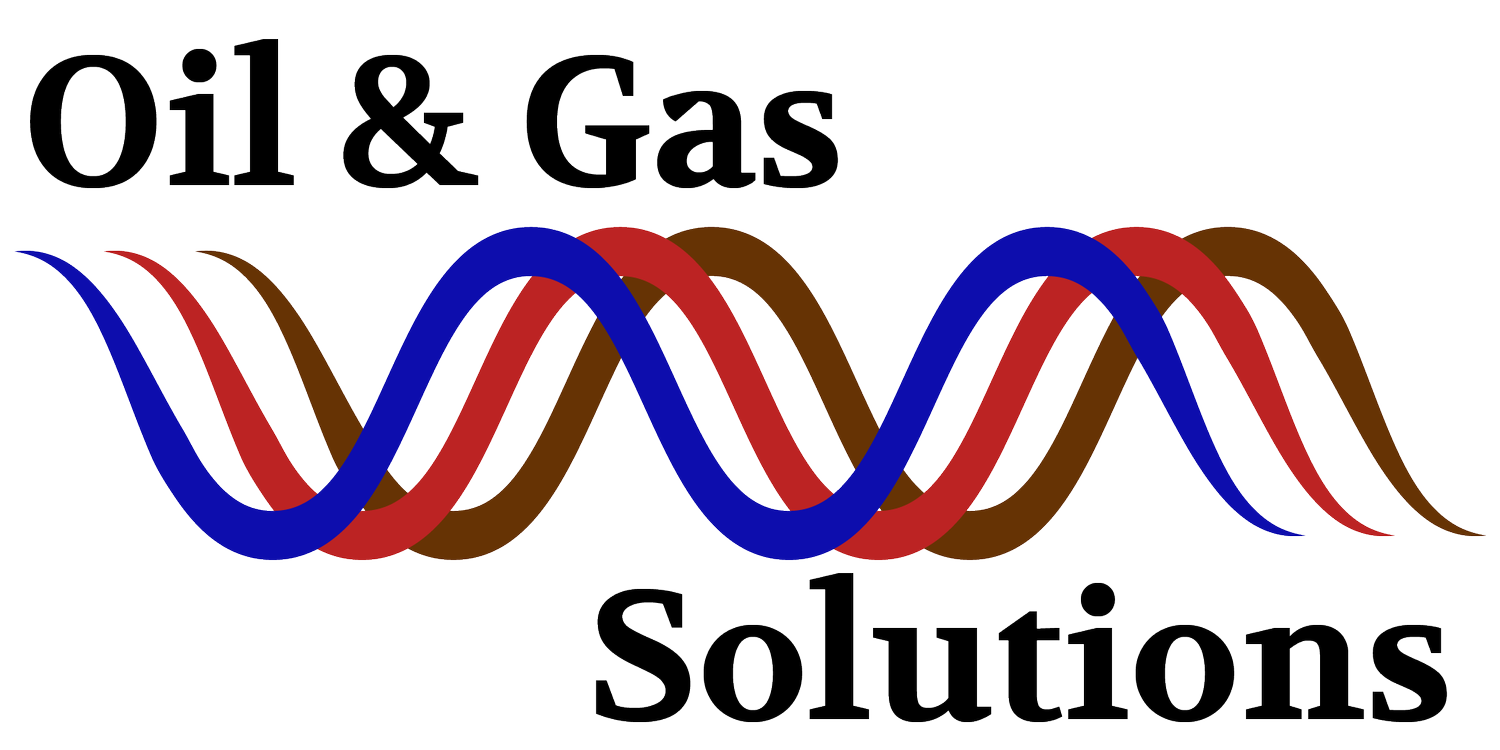MultiHib™ Program Lowers Pressure and Improves Injectivity For Saltwater Disposal Wells
Injectivity Index Equation
The following technical case study outlines the successful implementation of the MultiHib program to resolve multiple issues faced by an oil and gas operator. The primary concerns included plugging up water flood and saltwater disposal (SWD) wells, oil-wet solids, high filter costs, and coil tubing interventions at $5,000,000 / year. The study highlights the survey and investigation process, the solutions implemented, and the benefits achieved.
Operator Issues:
The operator faced numerous challenges with their water injection system, leading to plugging up water flood and SWD wells. Additionally, oil-wet solids were causing high filter costs and coil tubing interventions at $5,000,000 / year. The excessive filter costs and lost revenue from Water Flood were significant concerns.
Survey and Investigation:
The operator conducted a survey and investigation process to identify the root causes of the issues. The process flow was mapped with temperature and pressure, and a monitoring and system survey plan was developed. The pipe and process flow were walked with operations, and all historical data and failure information were compiled. A baseline of statistically valid data was collected to develop a root cause solution with operations. A trial of one solution at a time was implemented, minimizing other system changes while collecting comparative data.
Solutions Implemented:
The operator implemented the MultiHib program, which included a multi-functional iron chelant and inhibitor to dissolve and prevent solids. The SWD surfactant program was discontinued, and the emulsion breaker was discontinued in the summer months and not needed on most separators during the winter. The separators and water skimmer were cleaned up, and extensive monitoring was done with Key Performance Indicators (KPIs) added. The operator added chemical captain to own programs.
Benefits & Returns:
The implementation of the MultiHib program resulted in several benefits and returns for the operator. There was an 80%+ reduction in filter changes, leading to savings of $85,000 a year. Other Band-Aid chemicals, including acid, emulsion breakers, and dispersants, were minimized, lowering chemical costs by over $100,000. The injection well annual spending was reduced from a budget of $5,000,000 to an actual spent of $1,700,000. The MultiHib™ program also improved injectivity of wells by lowering pumping pressure and injecting more water, resulting in better production rates and increased revenue.
Conclusion:
The implementation of the MultiHib program successfully resolved the operator's multiple issues related to plugging up water flood and SWD wells, oil-wet solids, high filter costs, coil tubing interventions, and lost revenue from water flood. The survey and investigation process allowed the operator to develop a root cause solution with operations, and the implementation of the program resulted in significant benefits and returns, including cost savings, reduced chemical usage, and improved injectivity of wells.

